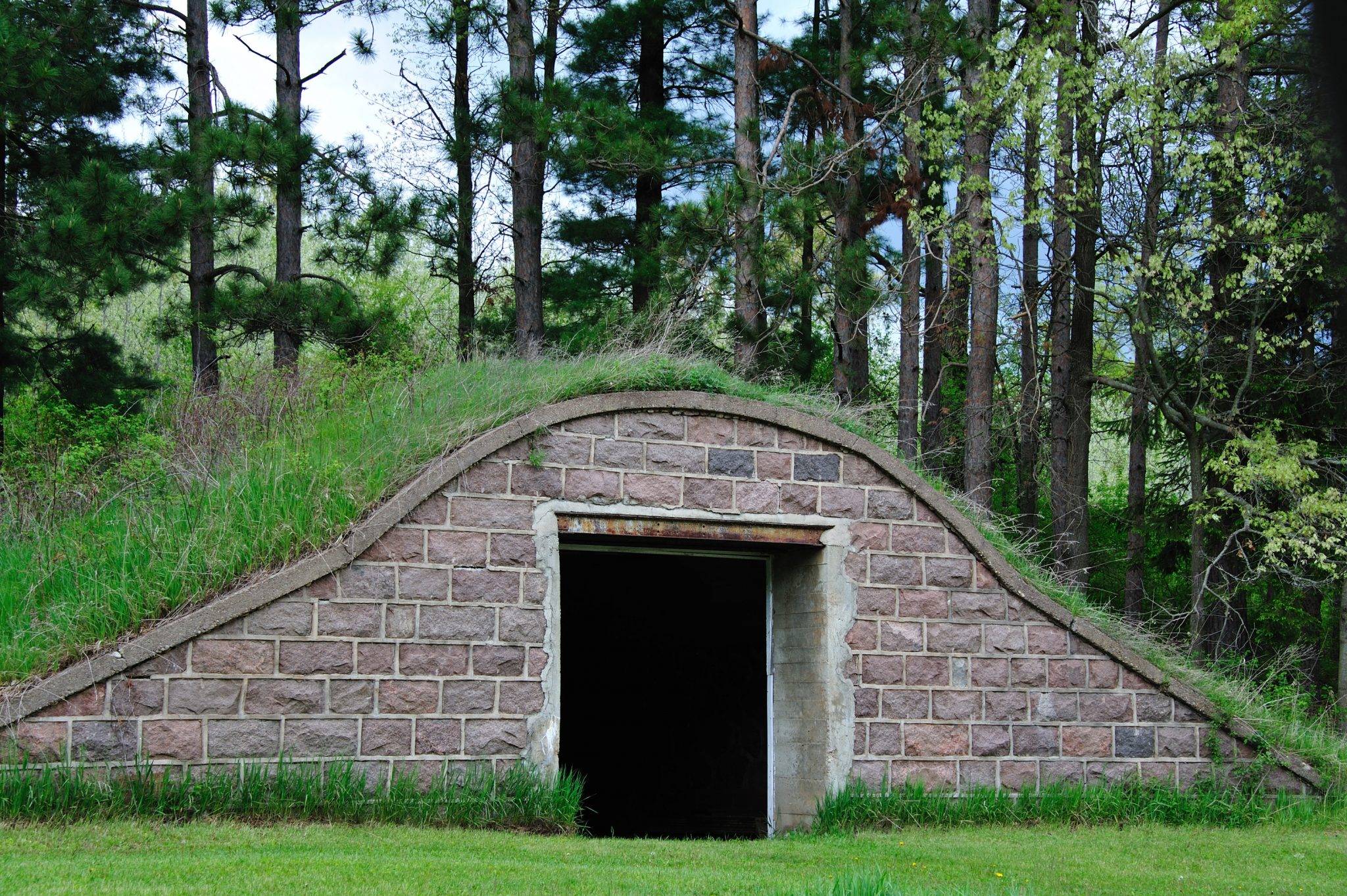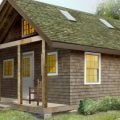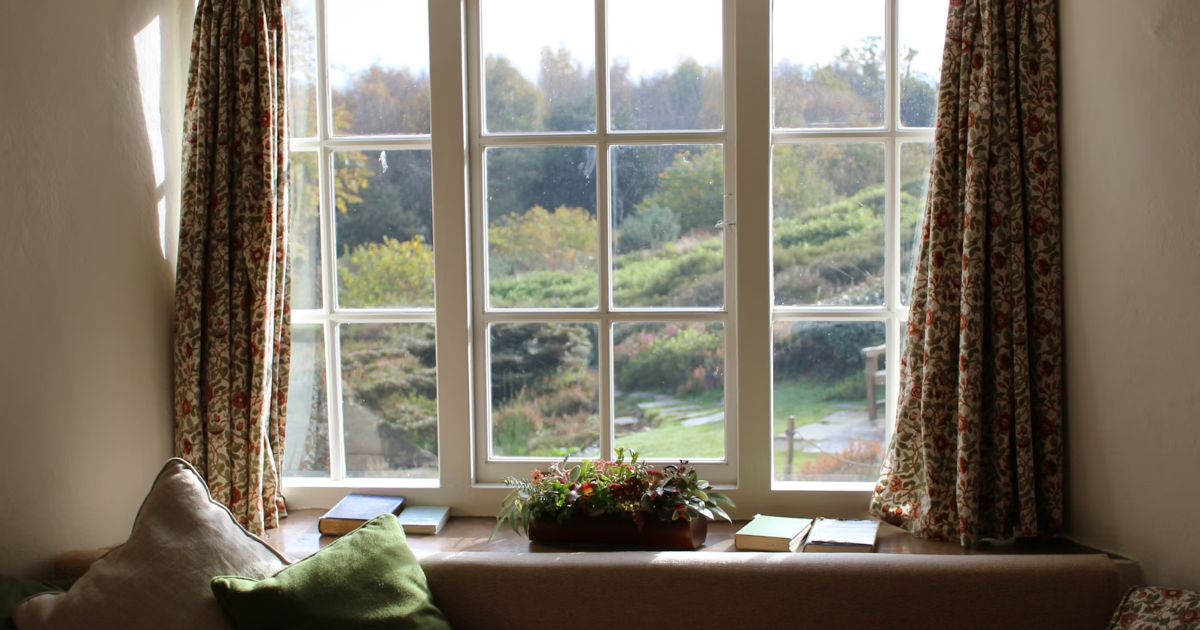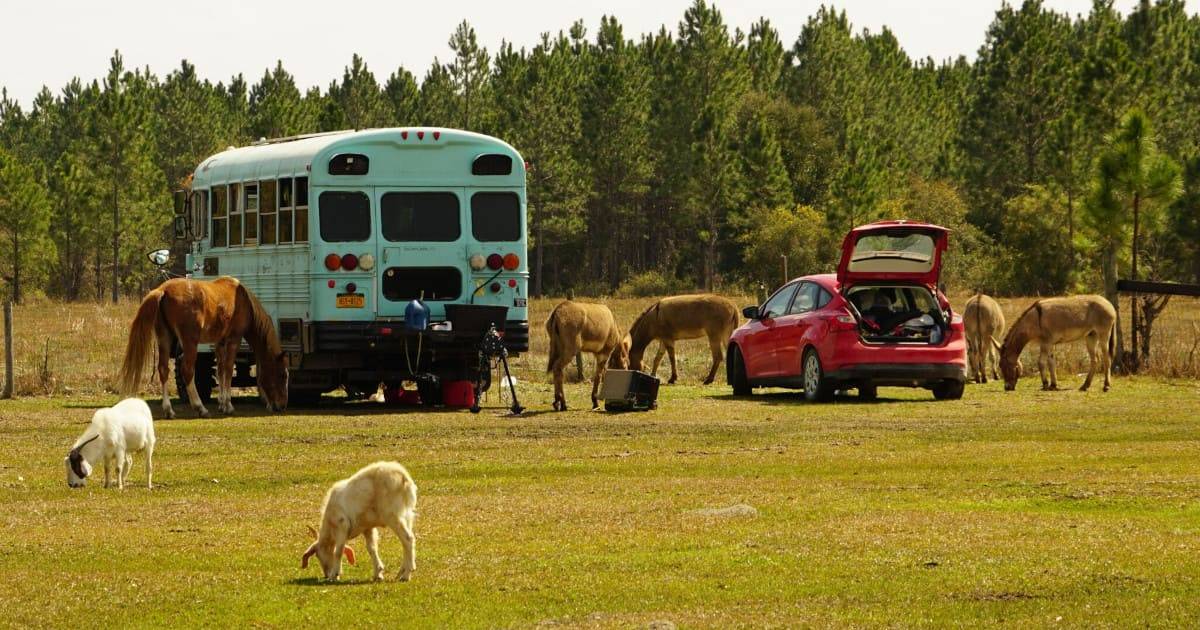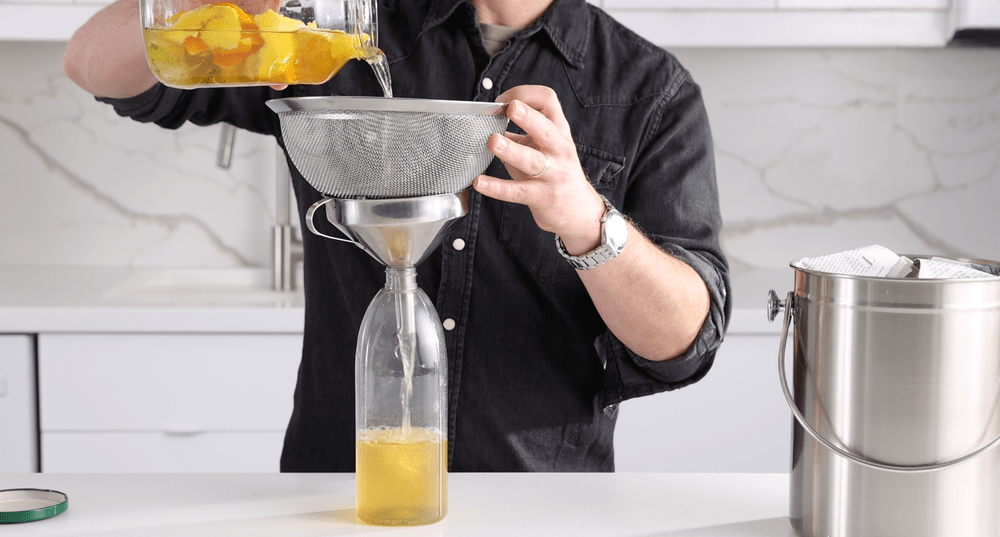No matter how convenient it becomes to buy and eat prepared foods from the supermarket, this still leaves some of us wanting more. Are you attracted to the idea of stocking up on bulk quantities of wholesome produce at low harvest prices, then enjoying them for months of savings afterwards? Are you concerned about food supply and security? Have you ever dreamed of regularly buying organic heirloom fruits and vegetables from small farmers in the autumn, then using these special foods to enhance your gourmet cooking? These are all reasons people are getting interested in root cellars again.

Ever since I wrote The Complete Root Cellar Book back in 2010, people have been asking me the same questions when they first learn that root cellars really are an option for living better today. Answers to these questions offer the best way to learn root cellar building basics.
What Is a Root Cellar?
The ideal root cellar is a cool, moist, underground space for long-term storage of vegetables, fruits and even meats and cheeses. Although root cellars have been used since pre-historic times, people these days are renovating their homes or building new root cellars from scratch. There are three main types of root cellars, plus several methods of preserving produce right in the garden over winter with no cellar at all.
What are the Advantages of a Root Cellar?
There are three big ones. First, more and more people are feeling less confident that the modern food system can be trusted to supply wholesome food year-round without disruption. We’re fine now, but we rely on a fragile and energy-dependent system of food distribution. Even a small root cellar delivers way more food security than you can ever get with any store supplied with food from farms thousands of miles away.
Second, a root cellar saves money. It lets you buy vegetables and fruits in bulk and at lower cost during harvest season, eating them over many months when store prices are higher.
Third, root cellars allow a deeper, more satisfying food experience for the right kind of person. It’s all part of the grass roots movement to create a more direct connection between farm field and home dinner table. The food storage capacity of a root cellar makes local eating possible like nothing else can. Tired of eating soulless California carrots all year long? Explore the local farmers market scene, then stock up on heirloom varieties of carrots, beets, potatoes, apples and dozens of other foods when the harvest comes in. Did you know you can dig cabbage out of the ground in the fall, then temporarily “plant” the root attached to each head in soil-filled tubs to keep fresh and vibrant all winter long? A root cellar is the space to make this happen. And besides eating better, there’s something deeply satisfying about standing in the middle of months worth of wholesome food in a root cellar of your own.
What Foods Can I Keep in a Root Cellar?
All kinds of vegetables and fruits can be kept in a root cellar. Some people also keep cheeses and cured meats there, too. The easiest produce to keep are root crops such as carrots, potatoes, beets, turnips and parsnips. All of these deliver longer keeping qualities when they’re allowed to dry out for a few days before cellar storage. This makes the skin tougher and better able to resist rot and retain moisture. Integrity of the skin of cellared produce is key. Be sure to eat produce with damaged skin first, reserving perfect specimens for long-term storage.
How Long Will Food Keep in a Root Cellar?
This varies depending on the food. Root crops such as carrots, beets and potatoes keep the longest – easily 3 to 6 months and beyond. I’ve successfully kept beets for 18 months in my root cellar one season. Apples can keep for 2 to 4 months. An interesting fact is that organic vegetables keep noticeably longer in storage than produce grown with soluble fertilizers. The difference in mold resistance between the two types is huge. Conventionally-grown produce goes moldy much more readily. Organic produce tends to go bad only by drying out, sprouting or both. The difference is especially noticeable with organics grown under permanent mulch, such as the cedar bark mulch I’m hauling in the cart here.

Planning to keep apples in your cellar? Ripe apples give off ethylene gas. It’s harmless, but it does cause other produce to ripen and spoil more quickly. Always keep your apples separate from all other cellared foods.
What Conditions Are Best Inside a Root Cellar?
It all comes down to temperature and humidity. Ideal conditions are typically just a degree or two above freezing for most produce, and 85% to 95% relative humidity. These are what you’re shooting for, but no non-electric root cellar can deliver temperature and humidity like this all year long. A little warmer and drier than this will work, but root cellars must never drop below freezing. If produce freezes even a little, it will go mushy and spoil in short order. In practice you’ll adjust air vents to allow enough wintertime air inside to maintain temperatures just above freezing, and to allow excess moisture to escape if needed. In the summer, vents will be closed most or all of the time.
It’s not unusual to have root cellar humidity that’s too low. Sprinkle water on the floor or leave open buckets of water in the cellar to help raise humidity levels. You can also store long-keeping root vegetables buried in sealed cans filled with moist sand. This creates high humidity levels around the produce when you can’t make the overall cellar humid enough.
Can a Root Cellar Be Built In Any Home?
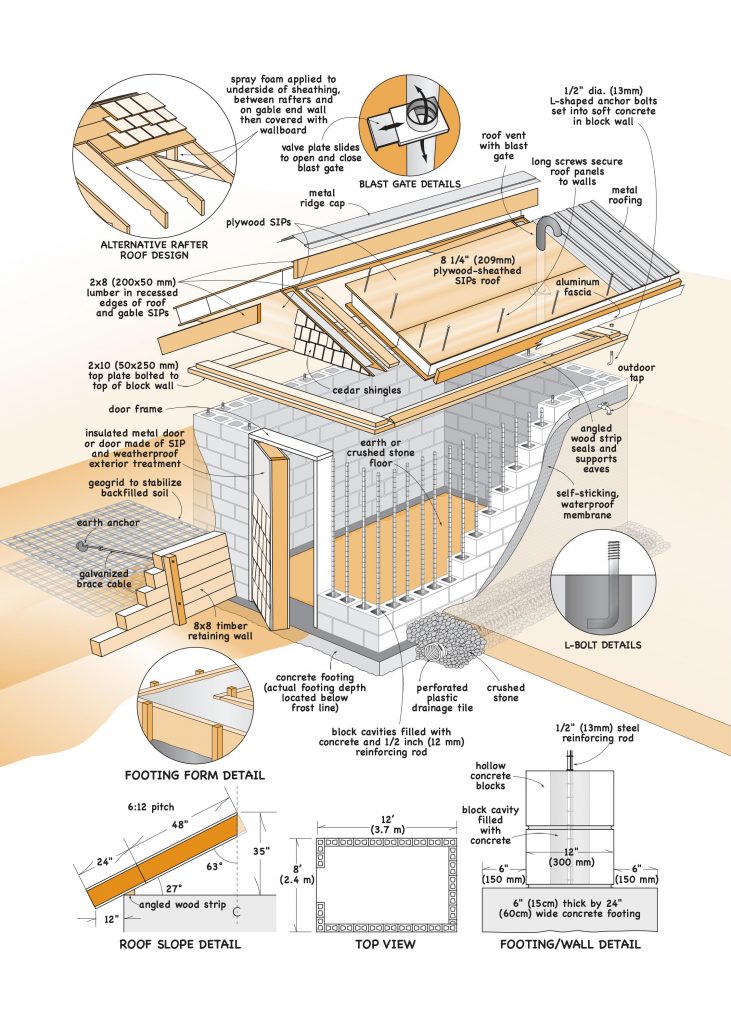
Basement to Cold Room Plans
Yes, pretty well. Traditionally, root cellars were often built in the earth below pioneer homes to keep food from freezing over winter. These days basements are still a great place to build a root cellar. This below-ground space is naturally cooler. Choose one corner of your basement (ideally the northeast or northwest corner), build two insulated walls to define your root cellar space in the basement, then install an insulated door and shelves. You’ll also need to install two 4” diameter vents to the outdoors. One vent opens at ceiling level, and the other one at floor level. This encourages ventilation of the entire root cellar space, and that’s important for two reasons. First, you’ll want to admit a controlled amount of cold outdoor air into the root cellar during autumn, winter and spring. Whenever you need to lower the temperature or humidity inside the cellar while it’s cooler outside than inside, open the vents and monitor temperature. The second reason for venting is to expel gases given off by produce.

Root House Plans
Want the very best root cellar performance? The ultimate design is a separate structure built mostly underground. This “root house” design requires a big investment of time and money, but it also allows serious amounts of food storage under the best possible cellaring conditions.
Can I Use My Under-the-Steps Cold Room for a Root Cellar?
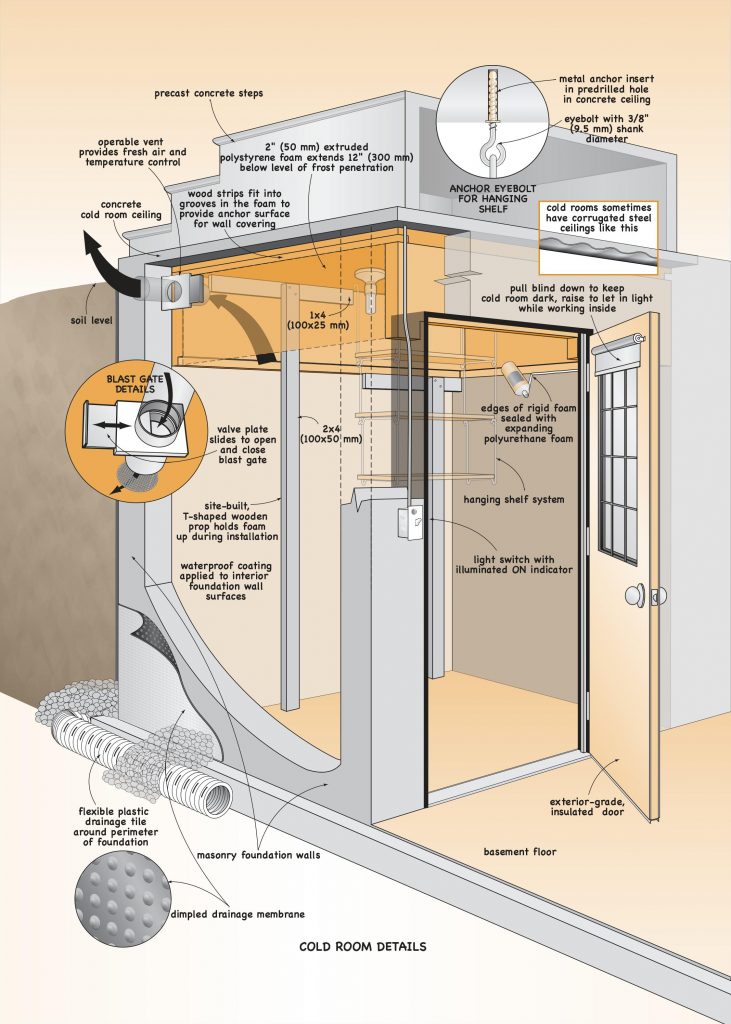
Under The Steps Cold Room Plans (Steve Maxwell)
Many homes have a small cold room in the basement underneath the concrete front steps, but these rarely work well for food storage, despite their name. Freezing temperatures and frost on the walls during winter, and too-high temperatures in the summer make for spoiled food and even mold growth. So is there any hope for a standard basement cold room? Yes, but upgrades are almost always needed first. And even then, performance can never be as good as with a full basement cellar or a stand-alone root house design.
The problem with so many cold rooms is insufficient soil cover around the structure. The solution is to add 2”-thick sheets of closed cell foam insulation to the ceiling of a cold room and part way down the walls. Extend this wall insulation so it’s 12” below the level of soil outside. Extruded polystyrene foam is a good option for this, covering the foam after installation with cement board or mold-proof drywall. This foam needs to be sealed to the wall along all edges using caulking or spray foam. This prevents indoor air from getting behind the foam and condensing during winter. Whatever you do, never use the white, beady expanded polystyrene foam insulation in a cold room. Air can pass right through this type of foam, allowing condensation to occur underneath.
Root cellars used to be a necessity of pioneer life, but modern homeowners are discovering them again, saving money, eating better and enjoying a new independence from the grocery store. Try root cellaring in your own life and you’ll probably never want to be without it again.
>>>>>>>
Cellaring Without a Root Cellar


Depending on where you live in Canada, it’s often possible to keep root crops in the garden over winter without freezing. If you grow a mulched garden, pull a deep layer of mulch over carrots, beets, potatoes and other root crops during autumn before sub-zero temperatures hit. Piled deep enough, this mulch will insulate the soil and keep it from freezing. Instead of one big harvest in the fall, simply burrow down through the snow, dig out the produce you need, then tuck the mulch back over again. The carrot here was dug in April after winter snows and -25ºC lows had gone.
<<<<<<<<<<<
Steve Maxwell is the author of the Complete Root Cellar book. He stores fruits and vegetables in a limestone cellar he built under his home on Manitoulin Island, Ontario.

Nice Root Cellar
Steve Maxwell and his wife Mary live on a 90-acre modern homestead on Manitoulin Island, Ontario in a stone house they built with local materials beginning in 1985. Steve is Canada’s longest-running home improvement and how-to columnist and editor of Home and Property. He divides his time working on the land, building things large and small, and creating articles and how-to videos that teach sustainable, self-reliant, hands-on living skills.

